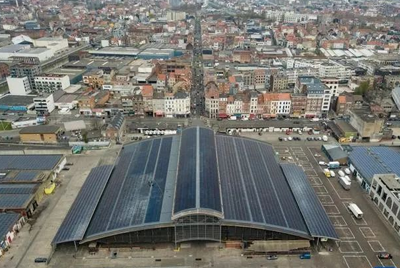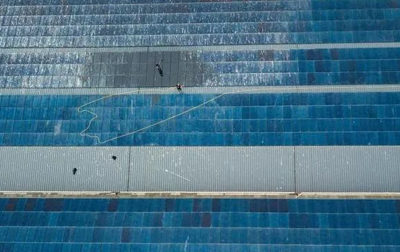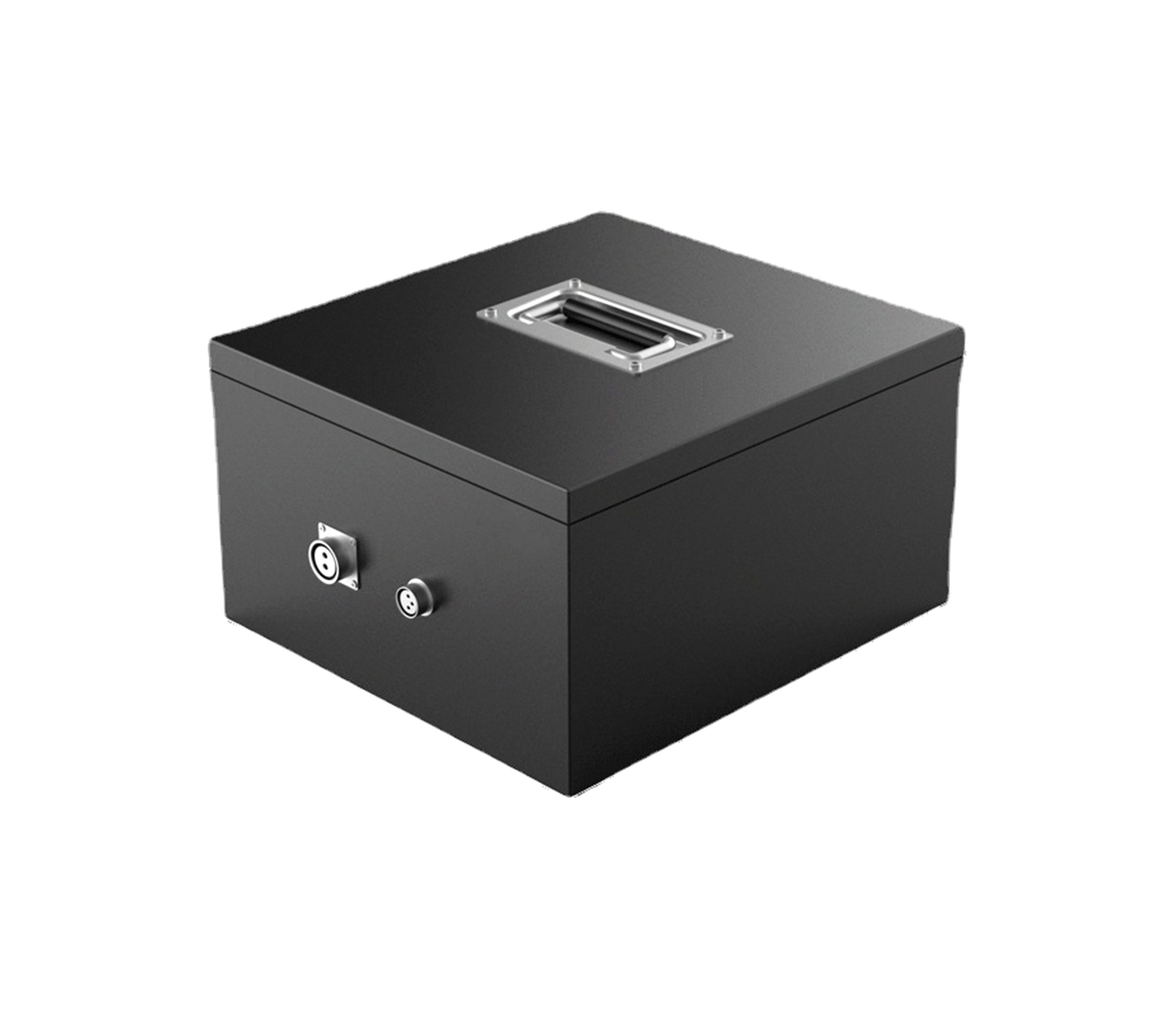"Hibernation" batteries for seasonal storage that release energy when
heated
Humans are inseparable from batteries. Scientists have developed many types
of batteries for us, such as disposable dry batteries, button batteries,
lead-acid batteries, nickel-metal hydride batteries, nickel-chromium batteries,
lithium-ion batteries, lithium titanate batteries, and aluminum-air batteries.
and many more. Numerous types of batteries have penetrated into every aspect of
our lives. Without batteries, we can't even use the remote control.
Continuing to explore advanced battery technology to unleash the full
potential of renewable energy and work hard to solve the intermittent problem of
electricity from the sun and wind is one of the directions scientists are
developing for new types of batteries in the new era. Although SES Power takes
customized lithium-ion batteries as our main operation direction, such as
products using EVE, CATL, BYD square aluminum-shell lithium iron phosphate
batteries (single 100Ah-280Ah), which can work at -40 degrees Celsius Special
lithium iron phosphate batteries, of course, there are also large-scale lithium
battery energy storage systems, home energy storage systems and other products.
But we're still curious about future battery research. Let us introduce you to a
new type of battery in the afternoon.
A team at the Pacific Northwest National Laboratory (PNNL) has come up with
a new design in which researchers demonstrate a "hibernating" battery that can
preserve its energy for months at a time. It's called a molten salt battery, and
it's been around in various forms for over 50 years.
It is considered a suitable renewable energy storage solution for use in
large grid systems due to its low cost and the use of common materials. It uses
molten salt as the electrolyte, and the battery's two electrodes (cathode and
anode) are filled with a solution that carries an electric charge. At high
temperatures, the electrolyte, the salt, is molten and sees it flowing like a
liquid, but at room temperature it becomes a solid.

The PNNL team has used these properties to produce what are known as
hibernation batteries. The device consists of an aluminum anode and nickel
cathode, which are soaked in a molten salt electrolyte doped with sulfur for
additional capacity. The principle is very simple, the battery is charged by
heating to 180°C (356°F), when ions flow through the liquid electrolyte to
generate chemical energy. Cooling the battery to room temperature solidifies the
electrolyte and freezes the ions in place, locking in the energy until the
battery is reheated, allowing the energy to flow again. For this reason,
scientists also refer to the device as a "freeze-thaw battery."
Its theoretical density is 260Wh per kilogram, which is higher than today's
lead-acid and flow batteries, and the material cost for energy storage is about
$23 per kilowatt-hour, which the team hopes to bring down to that per kilowatt
by adding iron to the design about $6. In testing, the battery maintained 92
percent of its capacity for 12 weeks. "It's a lot like growing food in your
garden in the spring, putting the excess in a container in the refrigerator, and
then thawing it out for dinner in the winter," said lead author Minyuan "Miller"
Li.
Typically, molten salt batteries use a ceramic separator between the anode
and cathode to control which molecules can pass through. In 2018, an MIT team
showed how to use a more durable steel mesh instead. Last year, a team at Sandia
also demonstrated a cheaper version that could operate at temperatures far lower
than traditional designs. The PNNL team also opted to use fiberglass instead,
which they say is cheaper and more durable.

Scientists hope the technology could provide a seasonal energy storage,
where energy is harvested at one time of the year and used at another. And,
because the battery can sit idle while maintaining most of its stored energy, it
will only need to be charged and discharged a few times a year.
"You can start envisioning something like a large battery on a 40-foot
tractor trailer parked in a wind farm," said co-author Vince Sprenkle. "The
battery is charged in the spring and the truck is driven to an electrical
substation on the road where it can be used if needed in the summer heat."




































